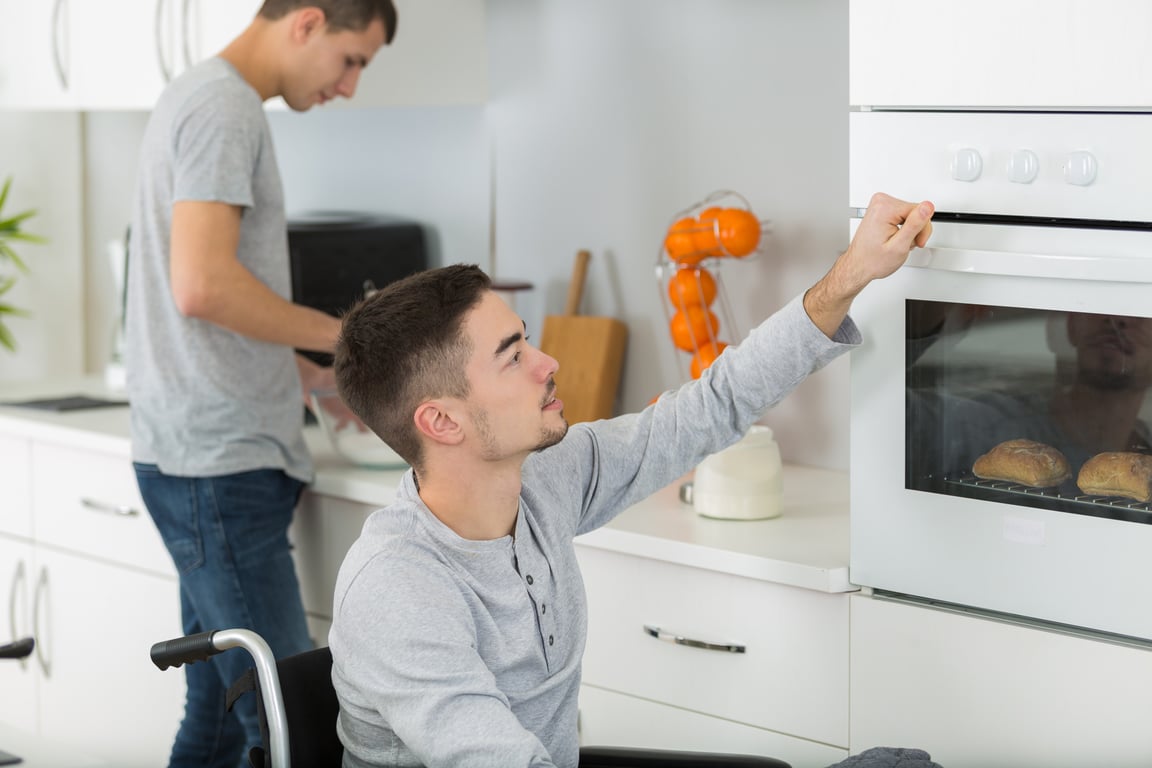
How to Make Your Home More Accessible
Today, up to 27% of American adults have some type of disability. Some of these disabilities come with age, while others are caused by health conditions and diseases.
Whether you’re currently able-bodied and are planning for the future, or if you have your parents or in-laws living with you, having a disability-friendly house is necessary. Thankfully, there are several ways to make home improvements that’ll make mobility easier.
Read on to find out how to make your property more accessible while home remodeling.
Install Ramps or Lifts
To help the elderly and people with disabilities get up your steps or raised entrances, you should consider installing ramps or lifts. This will provide them with barrier-free access, and they won’t have to worry about injuring themselves or taking an excessive amount of time to move around.
These ramps and lifts should have gentle inclines, handrails for support, and non-slip surfaces for extra safety.
Address Flooring and Surface Concerns
You might not give your flooring a second thought as an able-bodied person, but it can make all the difference in how risky it is for someone to move across. It can affect how likely they’ll fall and get injured too.
Choose flooring materials that are slip-resistant and easy to get around on. These include hardwood, laminate, or vinyl.
If you have carpets, either remove them or secure them firmly to the floor to prevent people from tripping.
Modify Bathroom Features
There are various hazards found in bathrooms for both the able-bodied and handicapped. Not only are there smooth surfaces, but also moisture. When combined, they can be dangerous and even deadly, so an accessible bathroom is vital.
Handrails and grab bars are perfect for the toilet, shower, and bathtub. During your bathroom renovation, you can also install an accessible shower with a curbless entry, or opt for a roll-in shower if there are wheelchair users in your household. In addition, a raised toilet seat or wall-mounted folding seat can be useful too.
Adapt the Kitchen
Even if your elderly parents can’t cook anymore, they probably still enjoy spending quality time with the family in this area. So make sure everyone feels included by adapting this space during your kitchen remodel.
For example, you can lower the countertops or install adjustable-height counters. That way, whether someone uses a wheelchair, walker, or cane, the counters will accommodate their height.
When putting in your kitchen appliances, make sure that the controls are easily reachable. This can enable handicapped individuals to retain some independence and indulge in their passion for cooking or baking.
Add Smart Home Technology
Many homeowners have remodeled with smart home technology in mind, even if their household is able-bodied. This is because the tech provides numerous conveniences, which also make a house more handicap-accessible.
For instance, voice-activated systems mean you won’t have to struggle with seeing or typing anything. And the smart locks, automated lighting, and temperature controls are all adjusted from one central hub, which is especially beneficial for people with mobility limitations.
Tailor Your Home Remodeling With Handicap Accessibility
During a home remodeling project, it’s essential to focus on making your property accessible. Even if no one currently has a disability, you never know when a medical emergency may happen. Or your elderly parents may need to stay with you.
By preparing for the future, you’ll be better equipped to handle and accommodate disabilities. Consequently, your family members will feel safer and can even maintain some aspects of independence.
Need a remodeling company you can trust for your home renovation? Then request a quote from Ponce Design Build now. We specialize in home renovations that accommodate both the able-bodied and those with physical challenges.
